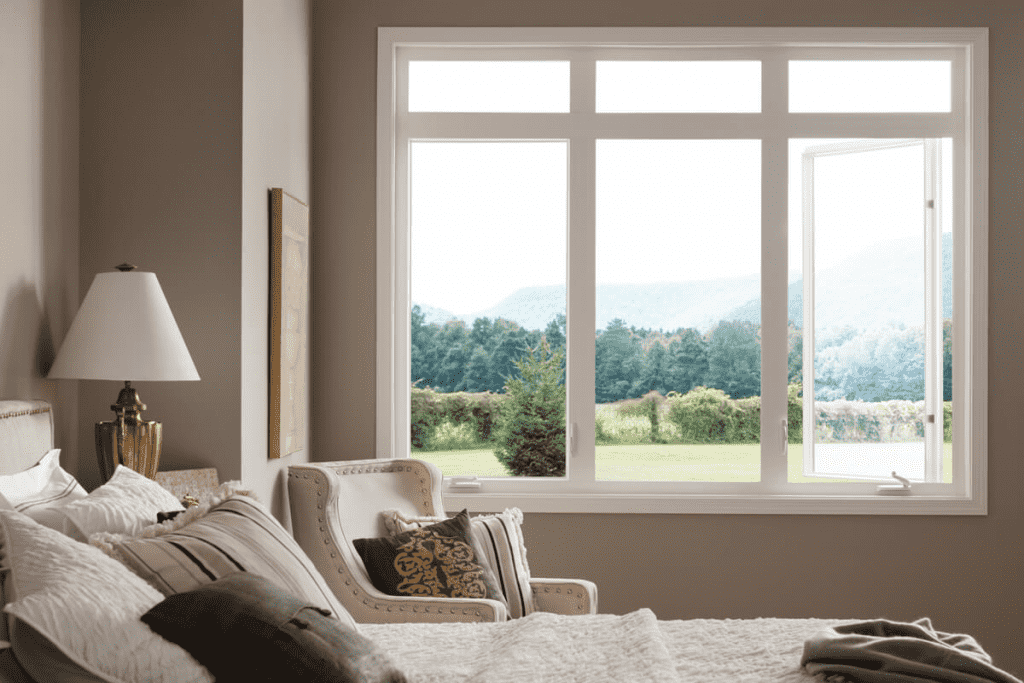Businesses are being pushed harder to reduce the carbon footprint of their buildings, and this new window coating that uses no energy to cool buildings can make it easier and more affordable to do so.
A transparent window thin film that will be helpful as the world tries to deal with rising global temperatures has been developed thanks to a worldwide collaboration of researchers.
Solar radiation includes visible light, ultraviolet light, infrared light, radio waves, X-rays, and gamma rays. The infrared wavelength carries heat, whereas the ultraviolet wavelength can be absorbed by objects, which heats them up and raises the temperature. Therefore, a new window coating that can effectively block these wavelengths is developed.

A transparent window coating has been developed by the research groups of Tengfei Luo of the University of Notre Dame in the United States and Eungkyu Lee of Kyung Hee University in South Korea. It allows light energy to enter while preventing interference from other reflecting wavelengths. These coatings are referred to as transparent radiative coolers (TRC).
The researchers used readily available materials to construct the TRC. They optimized the type and placement of layers, such as silicon dioxide, silicon nitride, and aluminum oxide, to be applied to the glass surface using machine learning and quantum computing.

Modern computing methods assisted the team in quickly testing all possible combinations. According to the press release, adding a polydimethylsiloxane film on top of the coating created a new design that performed significantly better than conventional TRC designs.

Up to 31% less energy could be used for cooling in hot cities thanks to the new TRC design. Additionally, the coating could be applied to automobiles and trucks, whose interior cooling requires energy.
The study’s findings were published today in the journal ACS Energy Letters.


